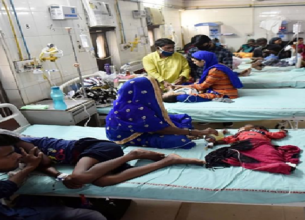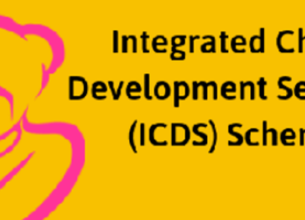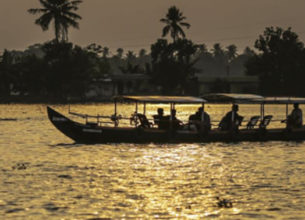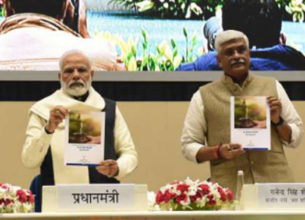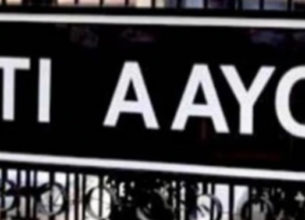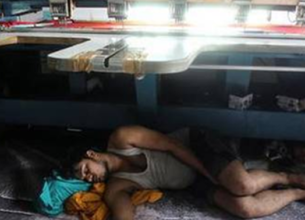NITI AAYOG QUESTIONS GLOBAL TERRORISM INDEX
30, Apr 2020
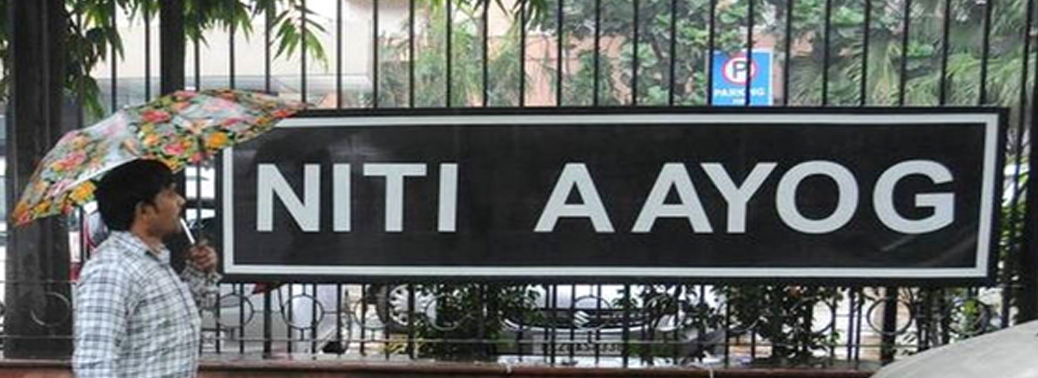
Prelims level : International Policies & Schemes
Mains level : GS-II Important International institutions, agencies and fora- their structure, Mandate.
Why in News?
- A report compiled by NITI Aayog has questioned the methodology adopted by the Institute for Economics and Peace (IEP), to rank India as the seventh worst terrorism affected country.
About IEP:
- IEP is an Australian based institute which releases the annual Global Terrorism Index (GTI).
- It is based on four parameters:
- Number of terrorist incidents per year.
- Number of fatalities caused by terrorists per year.
- Number of injuries caused by terrorists per year.
- Total property damage caused by terrorism per year.
What is the Issue?
- In GTI 2019, India has moved to the seventh position from the previous year’s eighth position.
- Countries Ahead: Afghanistan, Iraq, Nigeria, Syria, Pakistan and Somalia. (Top 6).
- Countries Behind: Democratic Republic of Congo, South Sudan, Sudan, Burkina Faso, Palestine and Lebanon. (at different ranks)
- NITI Aayog was being asked to track various global indices. The purpose was to see:
- How they can help drive reforms and growth.
- Which of these require some amount of engagement with the publishing agency to make the indices more relevant.
- In 2017, India challenged at the International Labour Organisation (ILO), the country’s ranking in a Global Slavery Report published by the Walk Free Foundation, Australia.
- Use of GTI scores in other rankings:
- Direct Use:In Global Peace Index, the Global Slavery Report
- Indirect Use:In the World Economic Forum’s Travel and Tourism Competitiveness and Global Competitiveness Indices and compilation of Safe Cities Index by the Economist Intelligence Unit.
- The position in the global indices impact investments and other global opportunities.
What are the Highlights of the Report?
- The NITI Aayog questioned the rankings as well as the funding of the IEP since the funding source and the list of donors has not been revealed.
- The GTD is based solely on unclassified media articles, with more than 100 structured variables such as each attack’s location, tactics and weapons, perpetrators, casualties and consequences etc.
- The organisation has only 12 full-time staff, 12 full-time equivalent staff and 6 volunteers.
- It is something to focus on how the organization is able to annually collect, meaningfully analyse and disseminate data about 163 countries in the Global Terrorism and Peace Indices and provide country wise national peace reports with such Minimal Resources.
Criticisms of the Methodology:
- The GTD lacks mechanisms to engage with Governments or to further classify and verify open source media reports through Government databases in any of the 163 countries it covers.The lack of a universally accepted definition of terrorism leads to ambiguity.
- The Comprehensive Convention on International Terrorism (CCIT) is pending in the United Nations General Assembly since 2014.
- The definition of mass shootings used in the GTI is limited to indiscriminate rampages in public places resulting in four or more victims killed by the attacker.
- It leaves out lone wolf attacks which may have lesser fatalities and more injuries, and attacks foiled by security and intelligence agencies.
- The NITI Aayog report concluded that the GTI has low direct value for policymakers due to the absence of a robust data collection and analysis methodology and any engagement with Governments facing the scourge of terrorism.
- Given the reasons, it cannot be used as an aid to understand and alleviate challenges to countries from domestic and Cross Border Terrorism.



